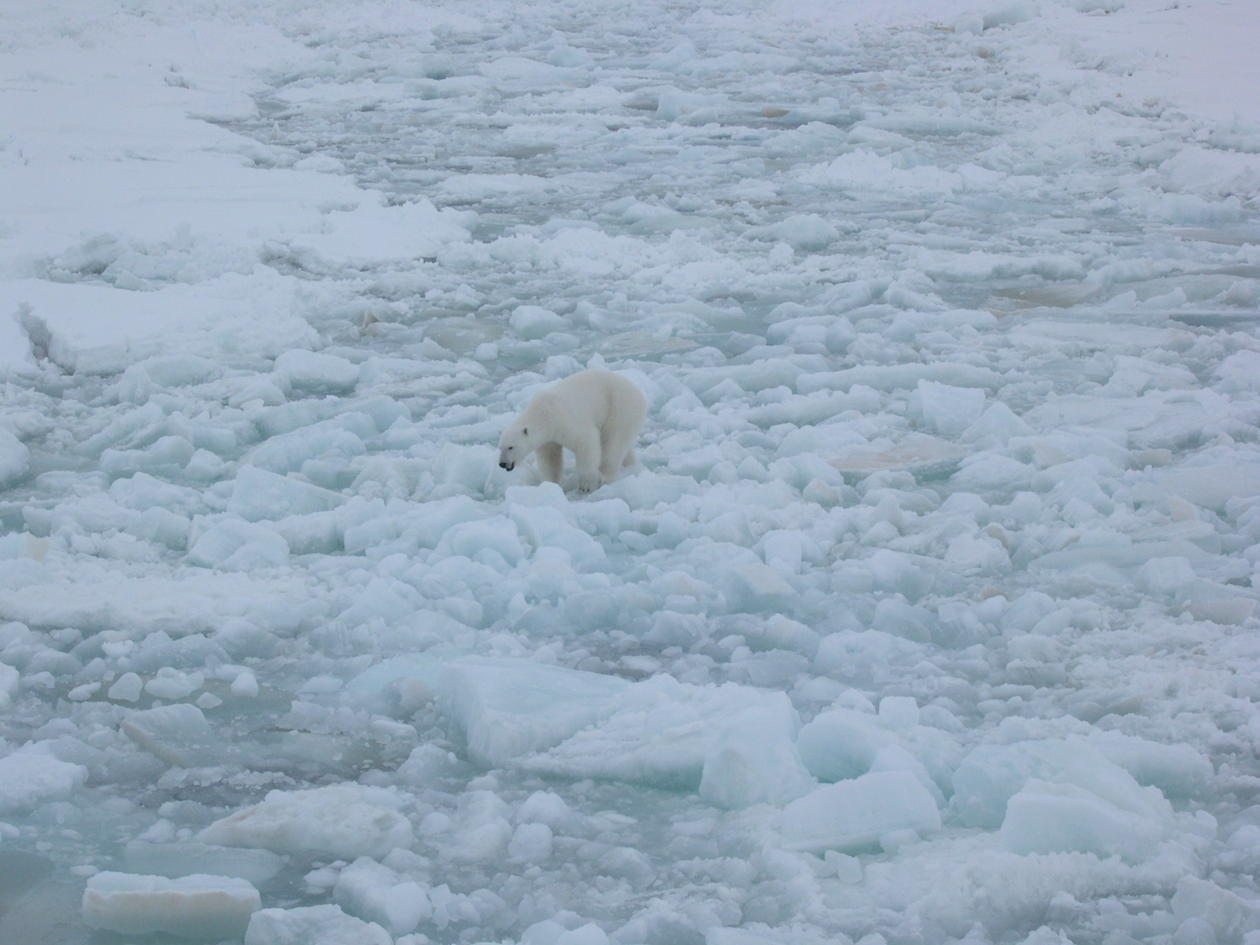Ocean-cryosphere - polar regions
The presence of sea ice floating on the ocean are of great importance for the energy exchange between the ocean and the atmosphere and is crucial for the climate, both globally and in the polar regions.
Hovedinnhold
When the upper ocean is cooled sufficiently by a cold atmosphere, sea ice forms. The sea ice forms an almost solid layer which efficiently reduces heat loss from the ocean, but also reduces solar radiation to the ocean. In addition, sea ice formation plays an important role in the vertical ocean circulation by releasing ocean salt when it forms, producing cold and salty water masses which are often denser than surrounding water masses.
Geophysical Institute holds long traditions of research in Polar Regions and in the physical oceanography group we study several aspects of the interaction between the ocean and the cryosphere. This includes formation of sea ice, sea ice drift, and turbulent exchange at the ice/ocean interface. This knowledge is important for studying polynyas (large open areas of ocean inside the pack ice), mixing in the upper ocean in response to the sea ice cover, and dense water formation and exchange with deeper ocean. Geographically much of the research done by people from our group has been done around Svalbard, both in the Arctic Ocean and the Barents Sea.
Interaction between the ocean and the floating part of the inland ice in Antarctica also has a long history at the Geophysical institute, and is an active area of research.
Contact:
Lars-Henrik Smedsrud
Anders Sirevåg
Previous Projects:
BIAC - Bipolar Atlantic Thermohaline Circulation
NorClim - Climate of Norway and the Arctic in the 21st Century
ProClim - Polar Ocean Climate Processes
New Projects: (to be added in January 2013)
